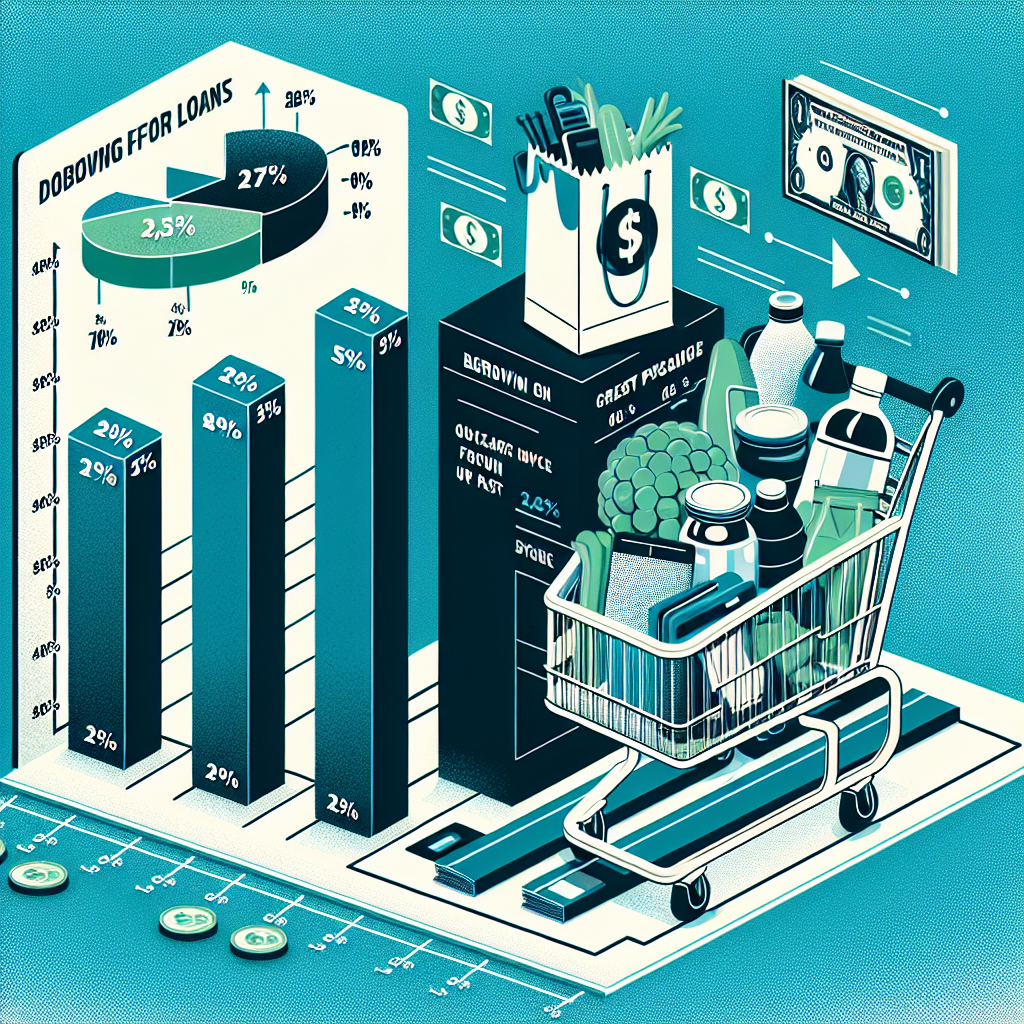Growing Dependence on Loans for Grocery Purchases Among Americans – Survey
Growing Dependence on Loans for Grocery Purchases Among Americans – Survey
Introduction
Recent survey findings reveal a concerning trend among Americans: an increasing reliance on loans to cover basic grocery expenses. This development highlights broader economic challenges and shifts in consumer behavior.
Key Findings
- Rising Loan Usage: A significant portion of Americans are turning to personal loans and credit options to manage grocery bills.
- Economic Pressures: Inflation and stagnant wages are major contributors to this growing dependence on borrowed funds.
- Demographic Insights: Younger adults and lower-income households are disproportionately affected, often resorting to loans to meet daily needs.
Underlying Causes
The survey points to several factors driving this trend:
- Inflation: The cost of living, particularly food prices, has surged, outpacing wage growth.
- Stagnant Wages: Many Americans have not seen significant wage increases, exacerbating financial strain.
- Credit Accessibility: Easier access to credit and personal loans has made borrowing a more common solution for immediate financial needs.
Implications
This growing reliance on loans for groceries has several potential implications:
- Financial Instability: Increased debt levels can lead to long-term financial instability for individuals and families.
- Economic Impact: A shift in consumer spending patterns could affect broader economic dynamics.
- Policy Considerations: The trend may prompt policymakers to consider interventions to address underlying economic issues.
Conclusion
The survey underscores a troubling trend of Americans increasingly relying on loans to afford groceries, driven by inflation and stagnant wages. This dependence highlights broader economic challenges and raises concerns about long-term financial stability. Addressing these issues may require targeted policy interventions and economic reforms.















